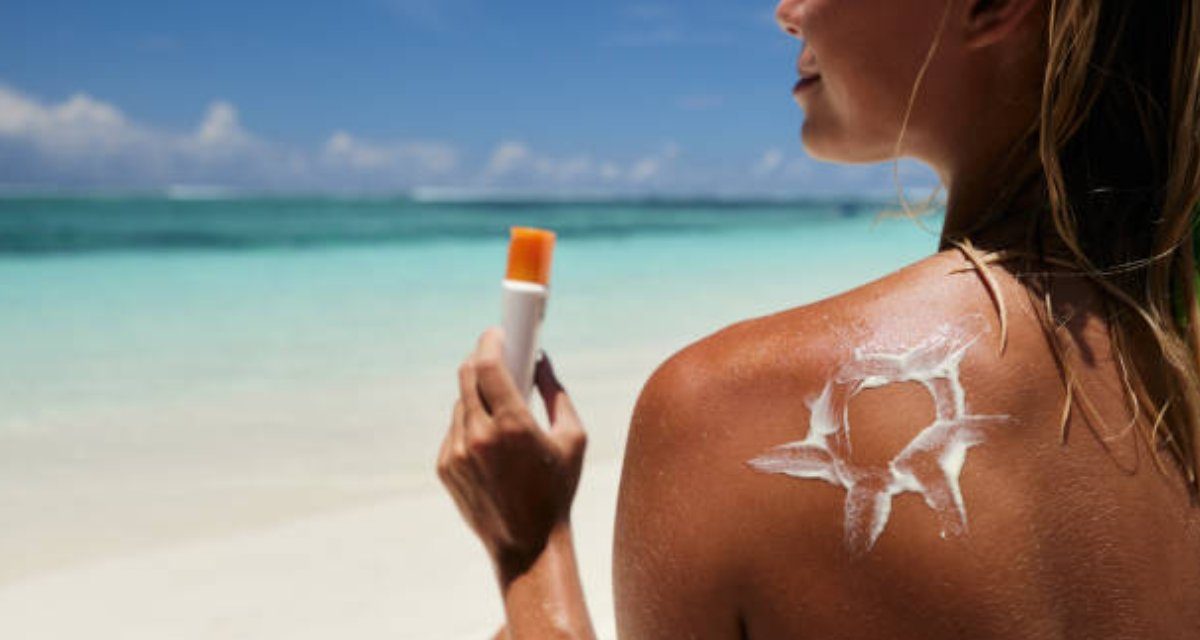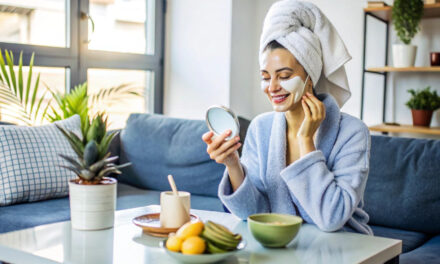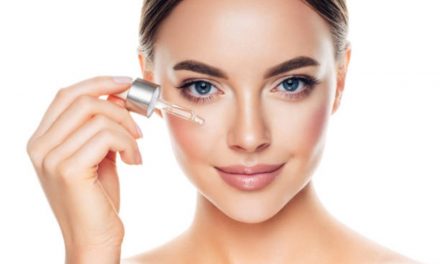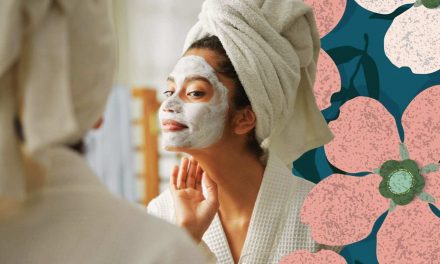Although the sun feels lovely and is essential for maintaining healthy vitamin D levels, it is not very gentle on our skin: Your appearance may be permanently altered by photoaging, another name for sun damage. You may not be aware that you have sun damage if your anti-ageing face masks haven’t been acting as they usually do. Continue reading to learn about the causes of sun damage, photoaging symptoms, and preventative and treatment options for sun damage.
What Leads to Sun Damage?
Although sunlight appears to be the same to the unaided eye, it consists of three distinct kinds of ultraviolet (UV) radiation that can harm your skin:
- UVA light: This kind of solar radiation can harm your skin’s collagen and elastic fibres, affecting all layers of the skin, from the epidermis to the dermis. Long-term skin damage, including wrinkles and hyperpigmentation, is primarily caused by UVA radiation.
- UVB light: While it only damages the epidermis, UVB radiation has more potential to damage DNA than UVA radiation. UVB rays are the kind of sun radiation that produces sunburns and are a significant factor in the development of photoaging and skin cancer.
- UVC light: Since the atmosphere and ozone layer absorb most of this radiation, we usually don’t need to be concerned about it. Consequently, sunscreen will typically mention UVA and UVB protection but not UVC.
Look for an anti-ageing sunscreen that provides “broad spectrum protection,” indicating that it can effectively block UVA and UVB radiation. Your skin must be protected from both forms of UV radiation because some sunscreen filters only offer protection against one another.
Indices of Sun Damage
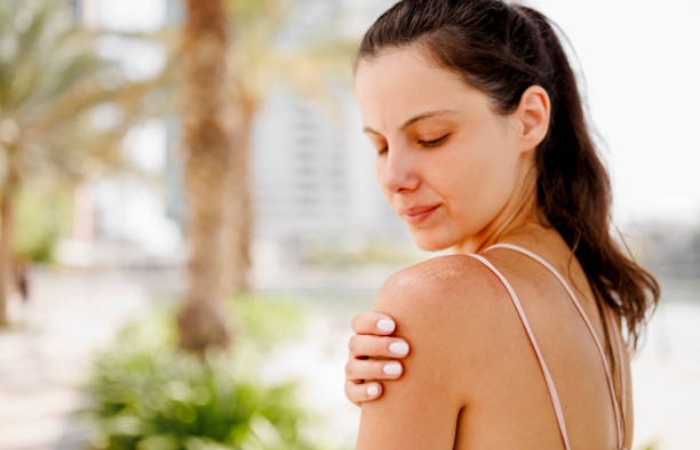
Although sunburn is the most visible indicator that the sun has injured your skin, there are numerous more indicators to be aware of. First, hyperpigmentation changes like liver spots, age spots, and freckles may appear. Melasma is another possibility; these are more extensive pigmented skin patches typically located on the cheeks.
Your skin can appear red and blotchy even if you don’t get sunburned or have hyperpigmentation. A more severe version of this, known as rosacea, can also affect some people and be transient or permanent. Spider veins, or broken capillaries, can also appear on the chest and the area around the nose.
Moreover, fine lines and wrinkles are indicators of accumulated solar damage. A few of the ageing symptoms you’ve been observing lately may be a warning that you’re not getting enough sun protection. You might notice that your skin feels thinner due to sun damage, which causes the skin to lose tone and become less elastic.
Actinic keratosis is the term for the rough, scaly areas some people get due to UV damage. Actinic cheilitis is the term for the lesions that occasionally develop on the lips and face. Long-term sun exposure raises the risk of melanoma and other skin cancers, which can appear as growths and unusual moles. Should you have been? If you see any changes in already-existing moles or skin growths that arise out of the blue, schedule a biopsy and treatment with a dermatologist very away.
Ways to Avoid and Handle Sun Damage
Wearing sunscreen on all exposed skin areas is one of the best things you can do to prevent and treat photoaging. It would help if you used it every day. Even if you spend the entire day indoors, wearing sunscreen is necessary because windows don’t do an excellent job shielding UV radiation. SPF 30 is the minimum recommended for sunscreen, and a higher SPF is better if you already have sun damage. If you sweat or want to go in and out of the water, choose a water-resistant sunscreen. Every two hours, reapply to make sure you are protected.
But don’t only rely on sunscreen—UPF apparel, caps, and sunglasses can also help shield your skin from the sun. When the sun is at its brightest, between 10 a.m. and 4 p.m., try to find shade whenever you can. Whatever you do, avoid intentionally tanning in a tanning bed or lying out in the sun. Sunless tanning solutions are far safer and don’t include UV radiation.
You might experiment with several topical treatments to see if they are effective if you have noticed sun damage symptoms. Retinols and retinoids can help alleviate mild indications of photoaging by promoting a faster turnover of skin cells. Exfoliating skin care products can help to smooth out wrinkles and improve skin texture, but they should never be used on sunburns as they may exacerbate them. Antioxidants such as vitamin C can aid in skin brightening and shield the skin from additional damage caused by free radicals. Over time, lightening medications like hydroquinone will help in fading hyperpigmentation.
Although topical skincare treatments have the potential to be beneficial, their effectiveness is limited, and they may not be able to treat severe signs of sun damage effectively. Meanwhile, professional treatments for sun damage can be found in dermatologists’ offices. These treatments include chemical peels, microdermabrasion, cryotherapy, laser resurfacing, and photodynamic therapy. Schedule a visit with a dermatologist to discuss which of these treatment options could best fit you if you want to investigate more.
How do you make sure you’re always wearing sunscreen? Have you had photoaging treatment from a dermatologist? Have topical treatments helped you address your UV damage? Please share your thoughts with us in the comments section below!

